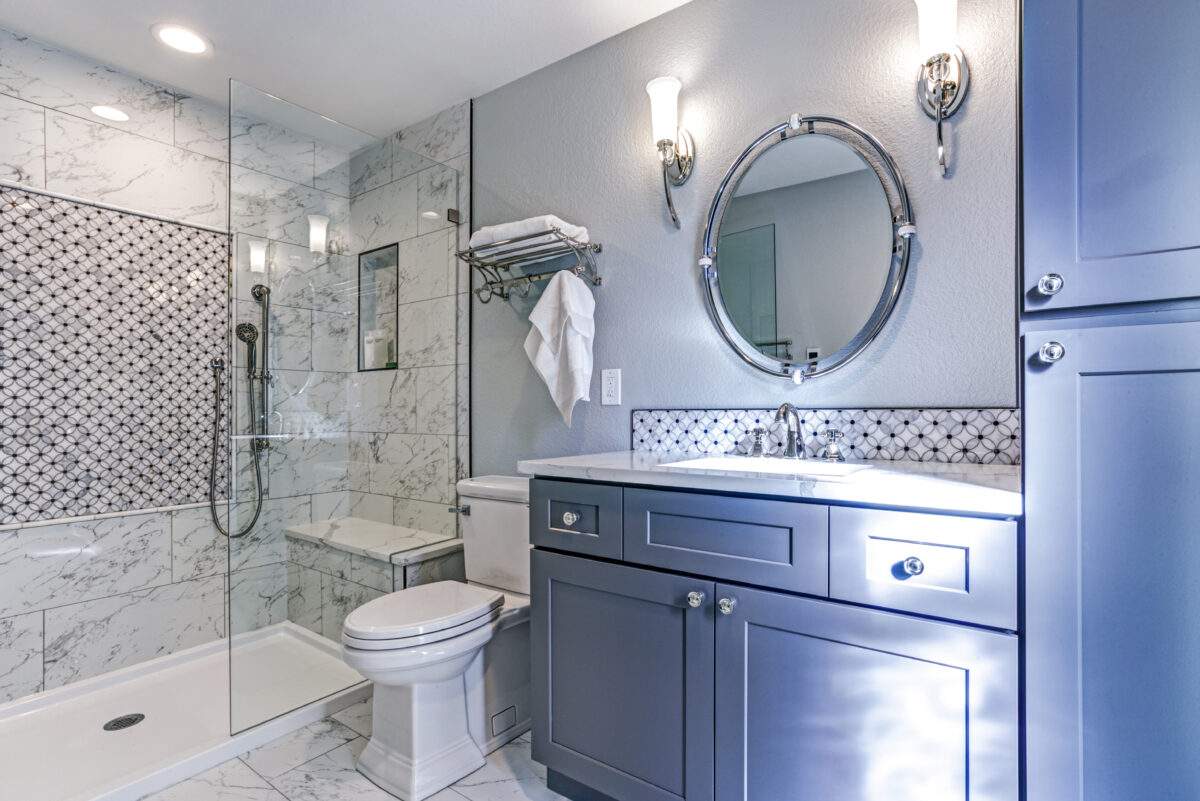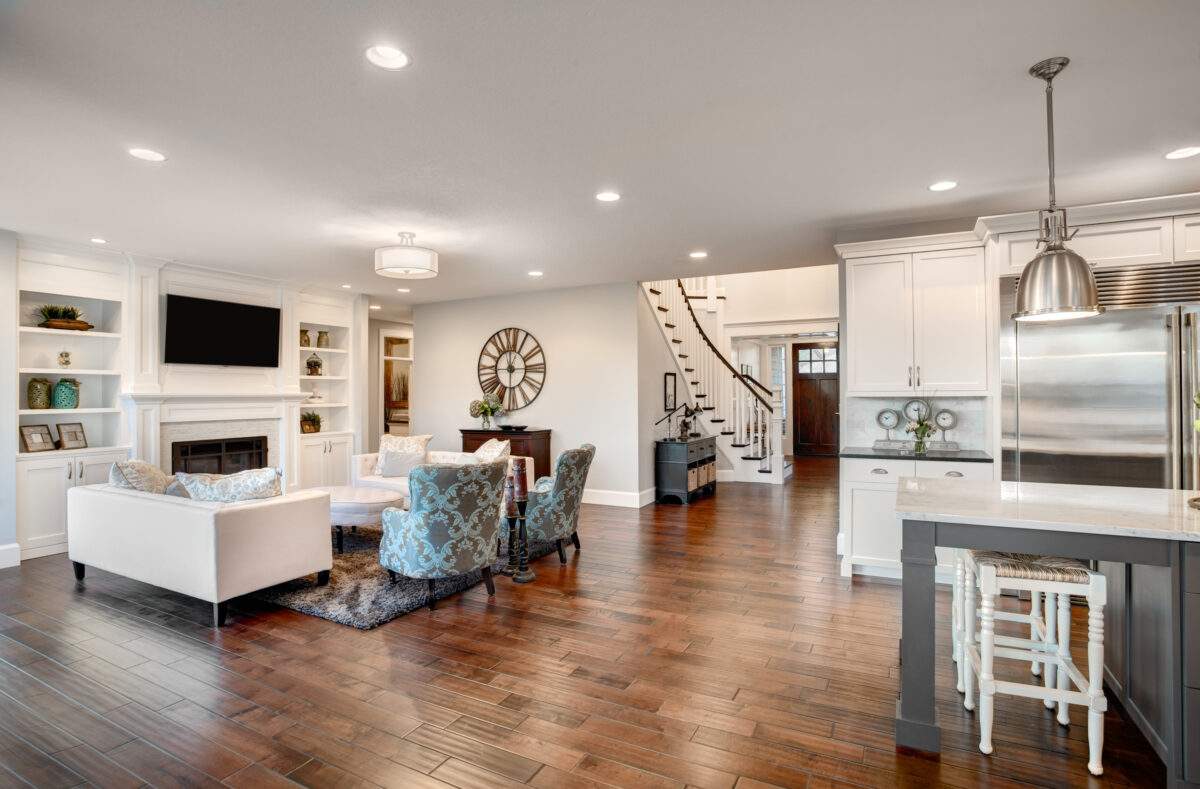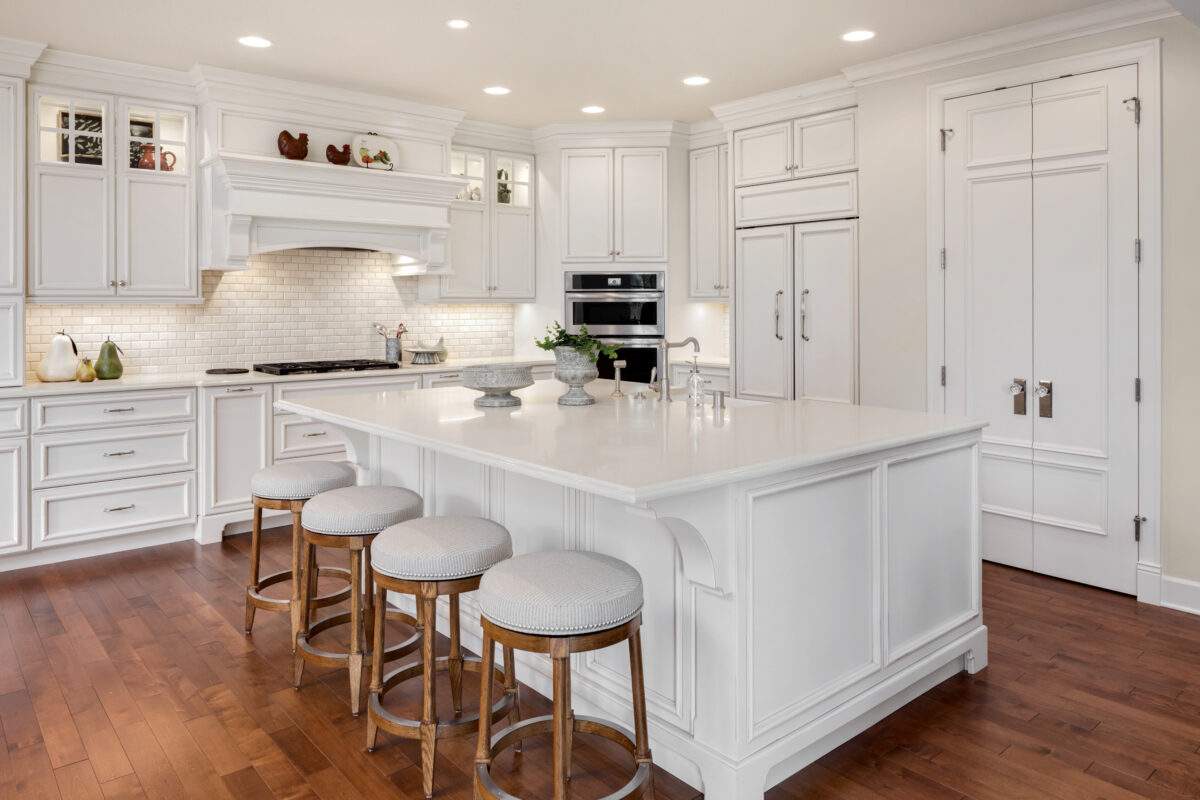Maximizing Small Spaces: Tips for Making the Most of Your Bathroom Remodel
Small bathrooms can pose a unique challenge when it comes to remodeling. However, with the right planning and design choices, you can make the most of even the tiniest space. In this blog, we’ll share some tips for maximizing small spaces during a bathroom remodel.
Choose the Right Fixtures
When it comes to small bathrooms, every inch counts. Choose fixtures that are scaled to fit the space, such as a smaller sink or a corner shower. Wall-mounted toilets and sinks can also free up floor space and create a more open feel.

Embrace Natural Light
If your bathroom has a window, make the most of it by maximizing natural light. Choose window treatments that let in plenty of light, such as sheer curtains or blinds that can be pulled all the way up. You can also consider adding a skylight or light tube to bring in more light.
Use Reflective Surfaces
Mirrors and other reflective surfaces can help to make a small bathroom feel larger and more open. Consider installing a large mirror above the sink or using mirrored tiles on the walls. Glass shower doors can also help to create a more open feel.
Optimize Storage
Storage is crucial in a small bathroom, but it can be challenging to find space for all your essentials. Consider using space-saving storage solutions, such as built-in shelves or a wall-mounted cabinet. You can also use baskets or bins to keep smaller items organized.
Choose Light Colors
Light colors can help to create the illusion of more space in a small bathroom. Consider using light-colored tiles, paint, and accessories to make the room feel brighter and more open. Avoid dark colors and patterns, which can make the space feel more cramped.
Maximize Vertical Space
When floor space is limited, it’s important to think vertically. Consider installing shelves or cabinets that reach all the way to the ceiling. You can also use a ladder-style towel rack to maximize storage without taking up too much space.
Think Outside the Box
Finally, don’t be afraid to think outside the box when it comes to small bathroom design. Consider using unexpected materials, such as reclaimed wood or concrete, to add interest and texture to the space. You can also add a pop of color or pattern with a bold accent wall or colorful accessories.
In conclusion, remodeling a small bathroom can be a challenge, but with the right design choices, you can create a functional and stylish space. By choosing the right fixtures, maximizing natural light, using reflective surfaces, optimizing storage, choosing light colors, maximizing vertical space, and thinking outside the box, you can make the most of even the tiniest bathroom.



